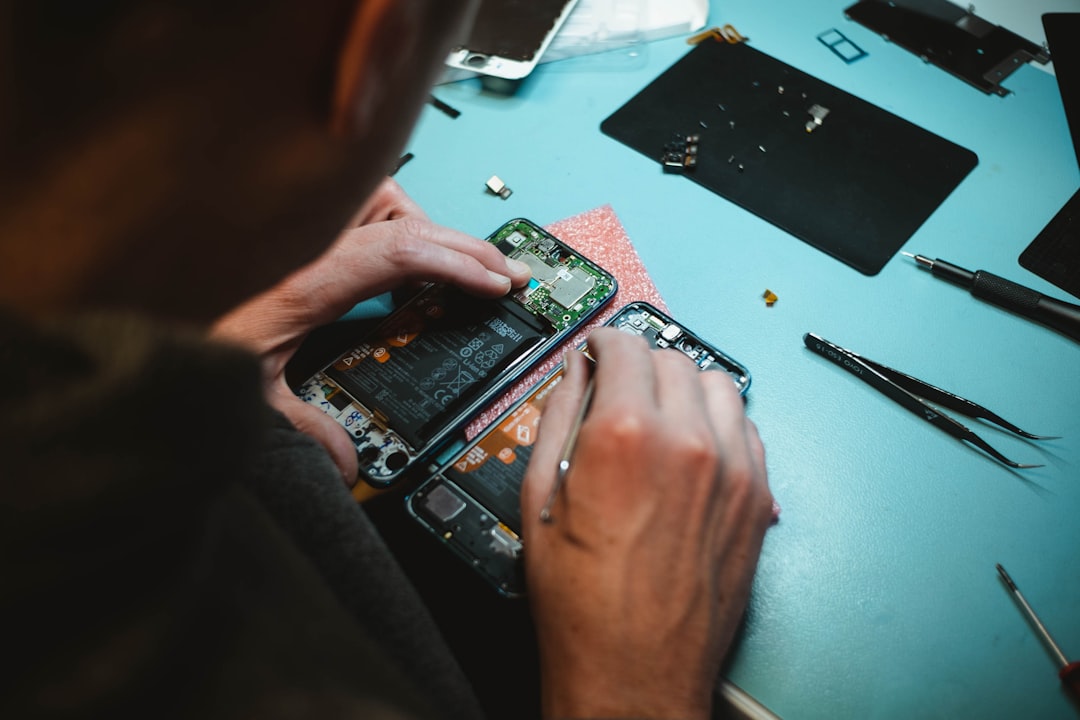Some cloth manufacturing industries have adopted the manufacture of cheap clothes. Often the clothes are sold at low prices and come in plenty such that people can toss them away anytime. Unfortunately, the production has a terrible impact on human and the environment. Such factories rely on cheap labor from developing countries to facilitate their production. There are ethical brands that recognize the essence of environmental conservation and pay workers well. Here is a buying guide for eco fair trade clothing.
Brand Research
Once you have decided on the cloth you want, the next thing should be to research the brands to know if they apply ethical and environmental sustainability measures. Research how the garments are created and how workers are paid. Check also the working condition of the factory. This is a good way of ensuring you do not buy from offenders, and you are supporting the eco fair trade clothing companies. Carry out an extensive research to know the brands to go for and those that you should keep off.
Look for High-quality Pieces
If you buy clothes often, you know that quality ones are expensive. Therefore, support ethical companies by purchasing products from them. A shirt from such a company can cost more than twice the price of another shirt from a cheap labor factory. Instead of buying a lot of cheaply made clothes, then throw them away after a short time, invest in high-quality and timeless pieces that are long-lasting. Because you are spending less on quality items, you might notice that your budget goes down.
Invest in Secondhand Clothes
If you want sustainability, think of buying quality secondhand. These clothes are a right choice since they do not require any additional production resources. They also help in reducing the textile waste that goes into landfills. Moreover, the clothes are cheaper compared to new ones. Research some of the best shops with second-hand clothes and pick quality investments. Most secondhand clothes are made by the highest recognized brands and created from the best fabrics.
Conclusion
When creating an eco-friendly or ethical wardrobe, you do not have to dispose of your current clothes. Take good care of them so that they last longer. This way, you do not have to buy frequently. Research ethical brands when purchasing your clothes and choose quality items. It is also ideal to purchase secondhand to reduce the amount of production labor and textile waste that goes into the environment.









